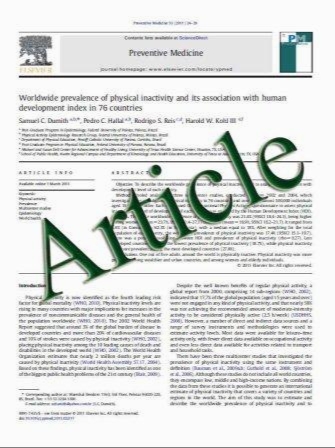S-adenosylhomocysteine hydrolase inhibition by 3-deazaneplanocin A analogues induces anti-cancer effects in breast cancer cell lines and synergy with both histone deacetylase and HER2 inhibition
- نوع فایل : کتاب
- زبان : انگلیسی
- مؤلف : Annette Hayden Peter W. M. Johnson Graham Packham Simon J. Crabb
- چاپ و سال / کشور: 2010
Description
Epigenetic abnormalities including abnormal histone methyltransferase activity contribute to breast cancer pathogenesis. An example is over expression of the polycomb repressive complex (PRC) 2 member enhancer of zeste homolog 2 (EZH2) which is linked to epigenetic silencing and poor prognosis. Recent evidence shows that S-adenosylhomocysteine (AdoHcy) hydrolase inhibitors (AHI) such as 3-deazaneplanocin A (DZNep) modulate chromatin through indirect inhibition of histone methyltransferases including EZH2. We investigated the biological effects of AdoHcy hydrolase inhibition using DZNep and its structural analogues 3-deazaadenosine (DZA) and neplanocin A (Nep A) in breast cancer cells. EZH2 protein expression was decreased and dose dependent growth inhibition occurred with variable potencies in MCF7, MDA-MB-231 and SKBr3 breast cancer cells. Cellular proliferation was inhibited through G2/M cell cycle arrest and apoptosis. In addition breast cancer cells accumulated cytoplasmic lipid droplets in response to AdoHcy hydrolase inhibition consistent with a differentiating effect. Each analogue induced a similar pattern of biological activity against breast cancer cells but with differences in potency (DZA[DZNep[Nep A). Co-administration with the histone deacetylase (HDAC) inhibitor trichostatin A (TSA) induced synergistic inhibition of breast cancer cell proliferation. Furthermore, the relatively AHI resistant human epidermal growth factor receptor 2 (HER2) positive cell line SKBr3 underwent synergistic growth inhibition in response to co-treatment with the HER2 directed therapeutic antibody trastuzumab. In conclusion, AHI induce growth inhibition, cell cycle arrest, apoptosis and differentiation in breast cancer cells and synergise with HDAC and HER2 inhibition. Targeting histone methyltransferase activity might be of therapeutic value in breast cancer.
Breast Cancer Res Treat (2011) 127:109–119 DOI 10.1007/s10549-010-0982-0 Received: 22 April 2010 / Accepted: 3 June 2010 / Published online: 17 June 2010 Springer Science+Business Media, LLC. 2010


